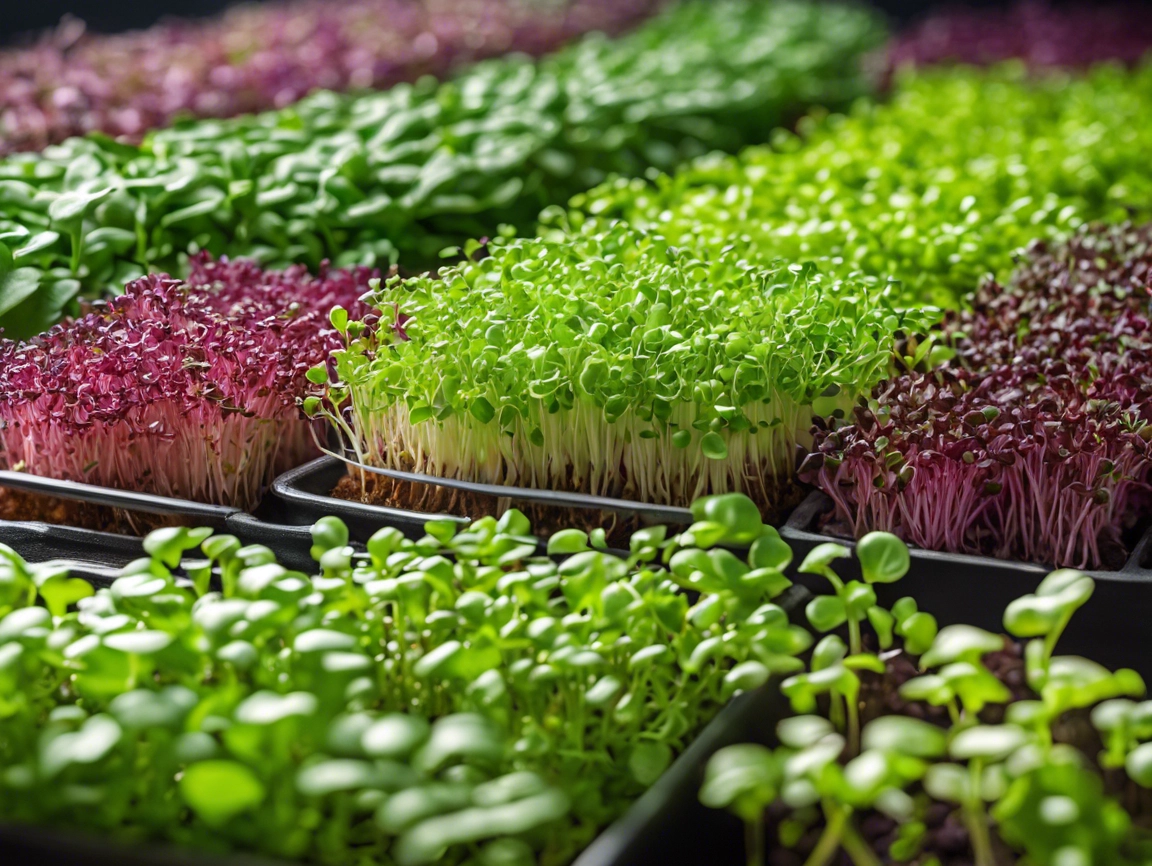Wednesday Diet Plan: Easy and Healthy Choices
Wednesday is a perfect opportunity to reassess your dietary choices and boost your energy as you reach the middle of the week. Let’s dive into a balanced diet plan designed to keep you satisfied and nourished throughout the day. Breakfast (7:30 AM – 8:00 AM): To start your day with a wholesome and energizing breakfast, here are some ideas that go beyond the basics of oatmeal and smoothies, though those are excellent choices as well. Oatmeal Variations Smoothies Other Breakfast Ideas Breakfast Cakes and Breads Waffles and Pancakes Egg-Based Breakfasts Make-Ahead Breakfasts Quick and Easy Options These ideas offer a variety of options to ensure you start your day with a wholesome and energizing breakfast. Mid-Morning Snack (10:00 AM): For a mid-morning snack, here are some nutritious and satisfying options that go beyond just a piece of fruit with peanut butter, although that is a great choice as well. Fresh Fruit and Nut Butter Veggie and Dip Snacks Protein-Rich Snacks Homemade Snacks Other Healthy Options Creative Snacks Pre-Made Snacks These options offer a variety of flavors and textures to keep your mid-morning snack interesting and nutritious. Lunch (12:30 PM – 1:00 PM) Colorful Nutrient-Packed Salad Recipe: This vibrant salad is not only visually appealing but also packed with flavor and essential nutrients, making it a perfect choice for lunch!f vegetables for vitamins and fiber, protein for satiety, and healthy fats for flavor and nutrition, creating a well-rounded midday meal. Afternoon Snack (3:00 PM): Afternoon Snack (3:00 PM) Overall, this wholesome afternoon snack combines nutrition and flavor, ensuring you stay energized and satisfied until your next meal! Dinner (6:30 PM – 7:00 PM) This balanced dinner not only supports your nutritional needs but also makes for a delicious and satisfying end to your day! Evening Treat (Optional) This evening treat can be a delightful way to end your day on a sweet note while still being mindful of your health! Hydration By prioritizing your hydration with water, herbal teas, and infused options, you’ll support your body’s needs while enhancing your overall well-being. For your Wednesday diet, some recipes are given below: Breakfast: Spinach and Tomato Scramble Start your day off right with a tasty breakfast that’s quick to prepare. Ingredients: Preparation: Snack: Cottage Cheese Delight When the mid-morning munchies hit, reach for this delicious snack! Ingredients: Preparation:Simply combine the cottage cheese with the pineapple or peach slices in a bowl. It’s refreshing and packed with protein! Lunch: Quinoa Salad For lunch, enjoy a colorful and nutritious quinoa salad that can be made ahead of time. Ingredients: Preparation:Combine all the ingredients in a large bowl and toss well. This salad is not only filling but also versatile—feel free to add your favorite veggies! Snack: Peanut Butter Celery Sticks Looking for a crunchy and satisfying snack? Try these celery sticks! Ingredients: Preparation:Spread the peanut butter into the grooves of the celery sticks. This snack is not only tasty but provides a nice balance of healthy fats and fiber. Dinner: Grilled Chicken with Sweet Potatoes and Green Beans End your day with a wholesome dinner that’s easy to prepare. Ingredients: Preparation: This Wednesday meal plan is not only easy to follow but also packed with nutrition to keep you thriving all day long. Give it a try, and enjoy the benefits of healthy eating! Tips for a Healthy Diet Personal Story I remember the first time I made a conscious effort to focus on healthy eating. It wasn’t just about losing weight, but about feeling better in my own skin and having more energy for my busy days. I started experimenting with meals like the quinoa salad, which has since become a go-to favorite. It was colorful, easy to assemble, and packed with nutrients. What surprised me most was how making these small changes in what I ate transformed my overall well-being—mentally and physically. I began to appreciate the different flavors and textures of fresh foods, and I felt more in control of my health choices. FAQs Q: Can I customize the meal plan based on my preferences?A: Absolutely! Swap out proteins, vegetables, or grains according to your taste. The key is to keep it balanced and packed with nutrients. Q: How do I know if I’m eating enough?A: Listen to your body. If you feel energized and satisfied, you’re likely eating enough. If you’re frequently hungry, consider increasing your portion sizes or adding an extra snack. Q: Should I count calories?A: It can be helpful for some people, but it’s not necessary for everyone. Focus on the quality of your food instead of strictly counting calories. Q: What if I have dietary restrictions?A: Modify the meal plan based on your dietary needs. For example, if you’re lactose intolerant, opt for dairy-free alternatives. Q: How can I make meals quicker to prepare?A: Batch cooking grains and proteins at the beginning of the week can save time. Pre-chop veggies and store them in the fridge for easy access. Q: Are there healthy options for eating out?A: Yes! Look for grilled options, salads, and dishes that include plenty of vegetables. Consider asking for dressings or sauces on the side. This Wednesday meal plan is just a starting point. Experiment with different ingredients and preparation methods to find what works for you while keeping health and enjoyment in mind! rate us for better!

